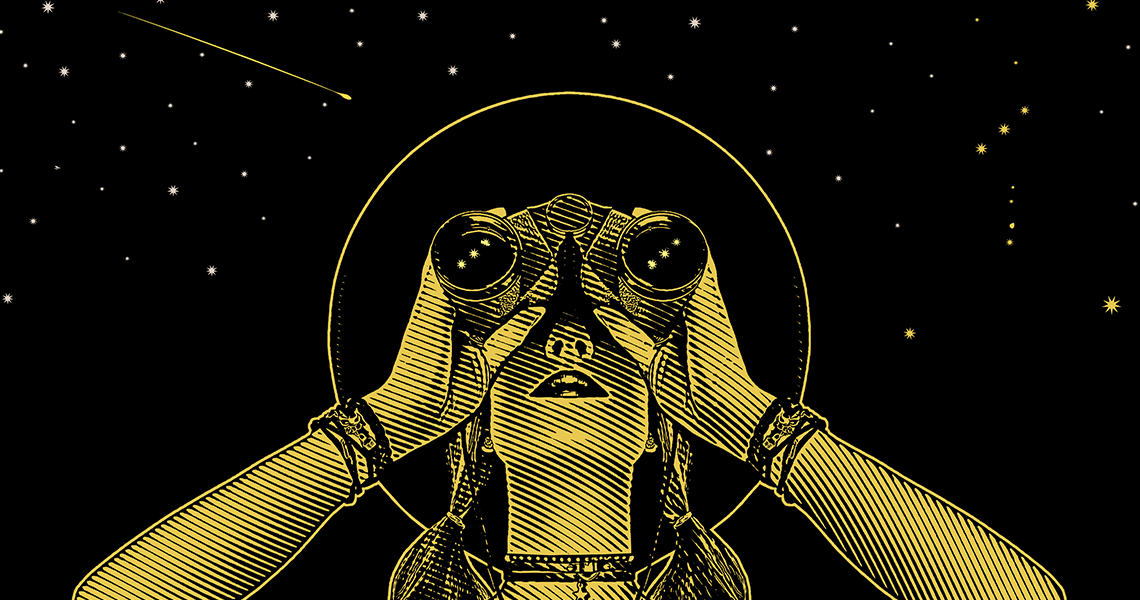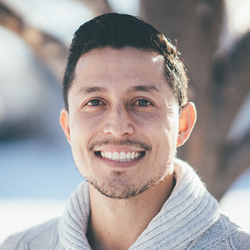A common topic in the business world and education is that today’s children will encounter a future which is constantly evolving.
As educators, we should be too. So as the school year reaches the halfway point, I like to pause to reflect on my teaching practices. I believe my students, through Project Based Learning, are getting the skills and dispositions that will help them in the near future. But the question also arises, “Am I preparing them for their longer-term future and the realities of the world around them?”
As Alec Ross (former Senior Advisor for Innovation to Secretary of State Hillary Clinton) stated in his book, The Industries of the Future:
“The coming era of globalization is bringing forward a new change in technological, economic and social change. In the future we can look forward to seeing adaptive technology, such as robotic exosuits, which will allow paraplegics to walk, nano-technology that will combat cancer, and digital cryptocurrency which could be helpful in providing a fair market to current third world countries or used in acts of cyber terrorism.”
What is new in industry and technology is what should be explored and taught in school. Exposure to current and future technologies helps students achieve academically and encourages them to impact the world in a positive way. I have seen a higher level of engagement and deeper learning in the classroom when it comes to literacy, collaboration, communication, and critical thinking.
Being a STEM educator, it’s helpful to know that innovative concepts are easy to integrate and align to both the ISTE Standards and Next Gen Science Standards within PBL.
For example, our current project for grades 4-7 began with the driving question, “How can we as entrepreneurs use biomimicry and robotics to solve one of our many human problems?”
We launched the project by showing a video from the Biomimicry Institute and assigning articles to groups in order to build knowledge and curiosity around the question “What is biomimicry?”. Student teams then created an anchor chart that defined biomimicry in their words and gave examples from the article. The students brainstormed ideas for problems and solutions which could involve biomimicry.
All team members had to be prepared to present their ideas, as the next steps were to participate in a carousel protocol to learn from all the other team members and hear their takeaways/ ideas from the article. Once they completed the carousel protocol, we took time to think about our learning using a thinking routine from Harvard's Project Zero called “Compass Points”. This gave each student a chance to independently think about what they were excited and worried about.
The readings helped us generate our initial “Need to Knows” along with the stance students were currently taking on the topic’s controversial aspects. We then planned our next steps in the project, which runs until Jan. 9th.
Students are researching and selecting a problem, considering constraints, and beginning to ideate solutions. Their solution will start as detailed 2D sketches, then after feedback will turn into 3-dimensional renderings on CAD software. The end products will be prototypes which use biomimicry to solve selected human problem.
For example, one student has the idea to mimic schools of fish which help propel each other along. This concept can be replicated to design wind farms, with a Fibonacci spiral layout taking up less space and optimizing energy usage. Students will present their products at both a STEM Faire and an Entrepreneur Competition.
I cannot help but think about the cross-curricular power of PBL, and how an innovative idea such as biomimicry can connect with multiple content standards in a rigorous way.
This would be unattainable with an isolated unit or lesson plan. Time and resources in schools are finite, but with PBL working in conjunction with future-led concepts, students can reach unique depths of knowledge and can truly apply 21st century success skills.
Teachers in any content area find it enjoyable to put imagination to use and ponder what a single topic such as biomimicry could include. For example:
● ELA: Students could use literacy skills to take a stance on biomimicry.
● Social Studies: Students could look at how biomimicry has evolved through global connections as well as how biomimicry was absent for a short time due to the industrial revolution.
Gene editing is another topic that might pique your interest. Not only will it engage students, it will also get them thinking about their stance on a controversial topic. Think of the possible projects that can be done across any content area. Students could consider the ethics and pros and cons of this technology, and come up with ways to use this technology to solve problems.
My point is, PBL shouldn’t just be about creating something fun to teach our standards or geared solely toward engaging students.
We can get creative and find topics that are closely connected to advances that will affect their generation, putting students in a position to be change agents. As educators, this forward thinking process might require disequilibrium and purposeful technological research. This “future teaching” with PBL could even help shift the trajectory of humankind, in ways we can’t currently imagine!


